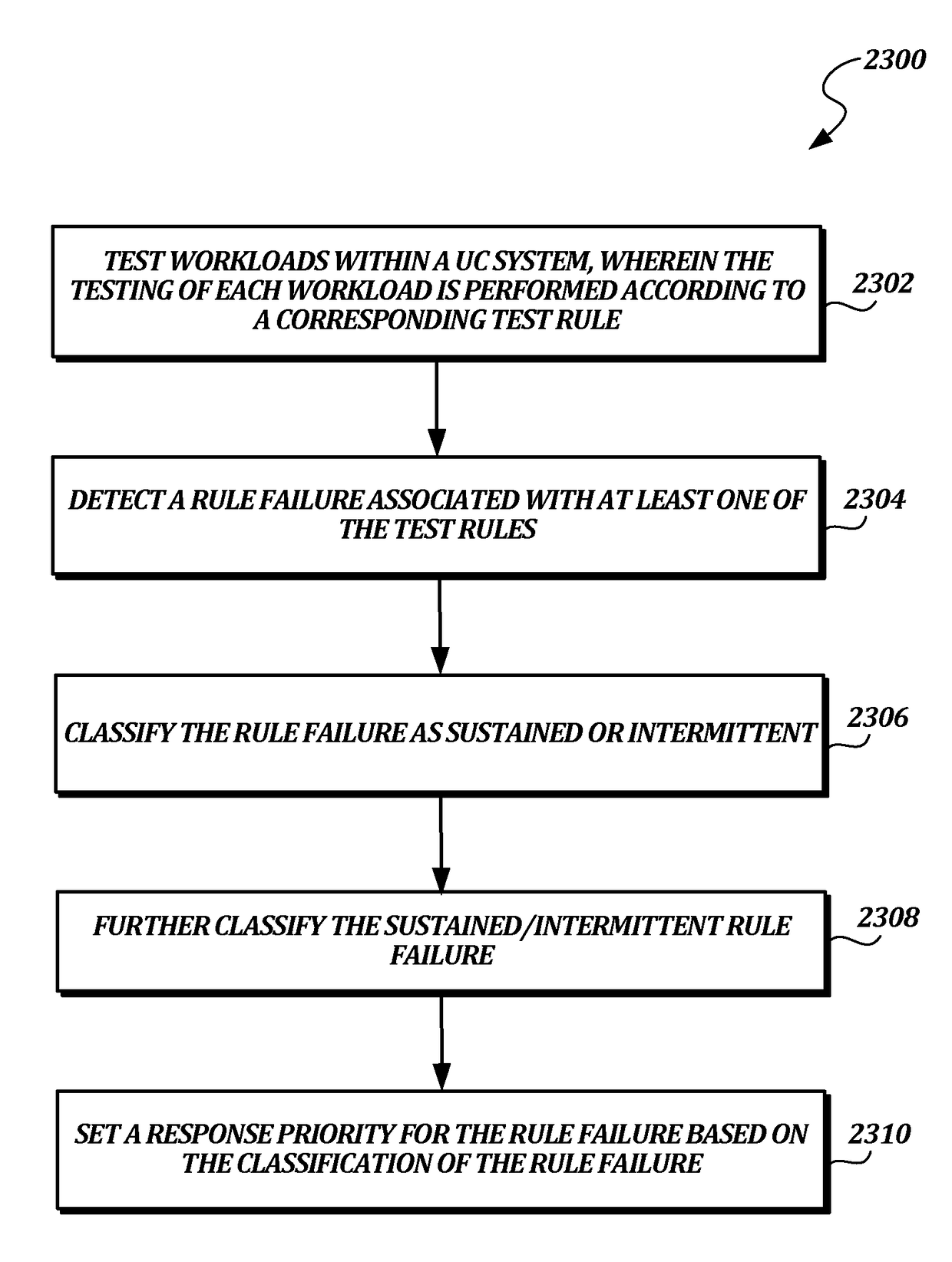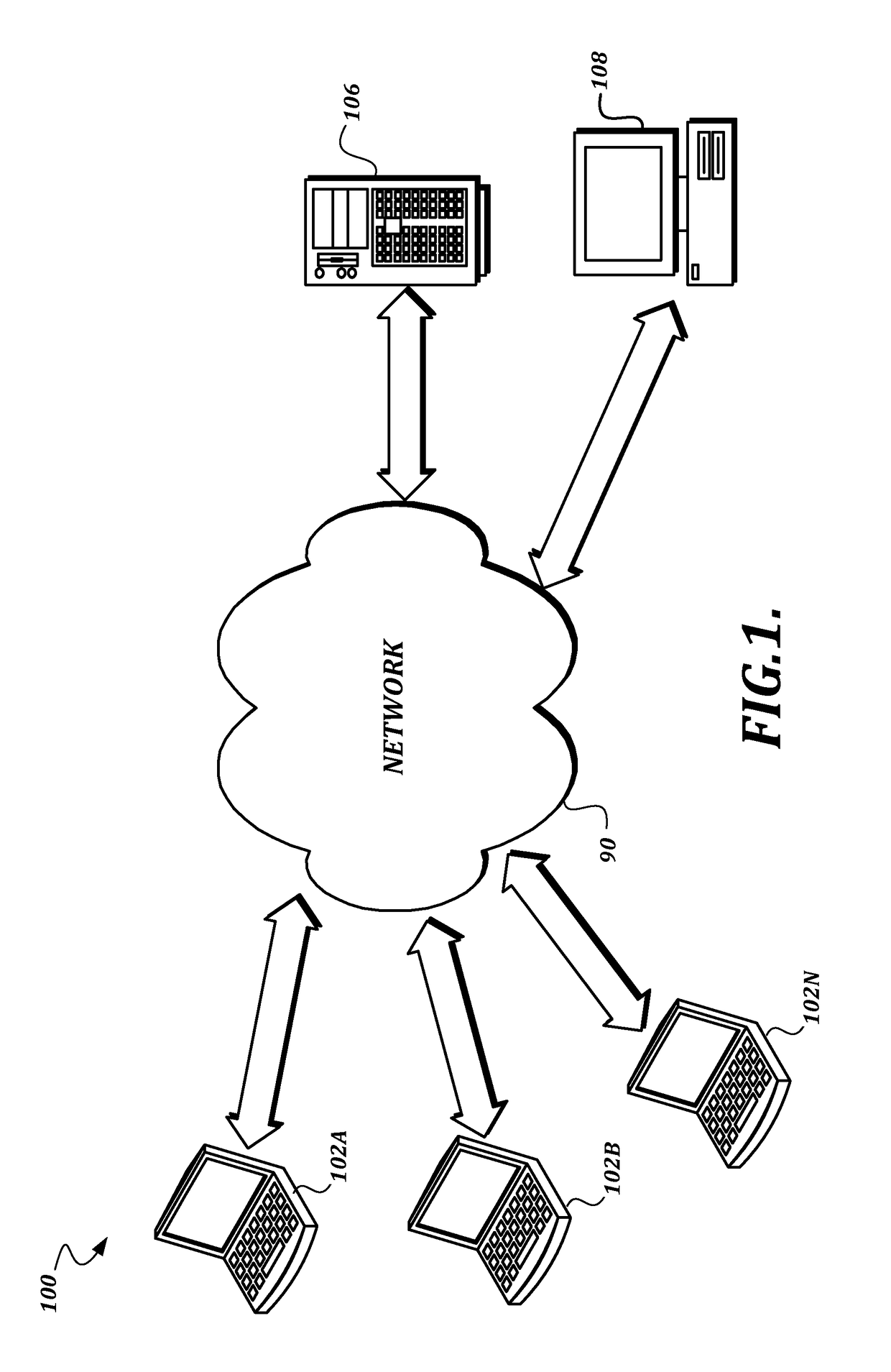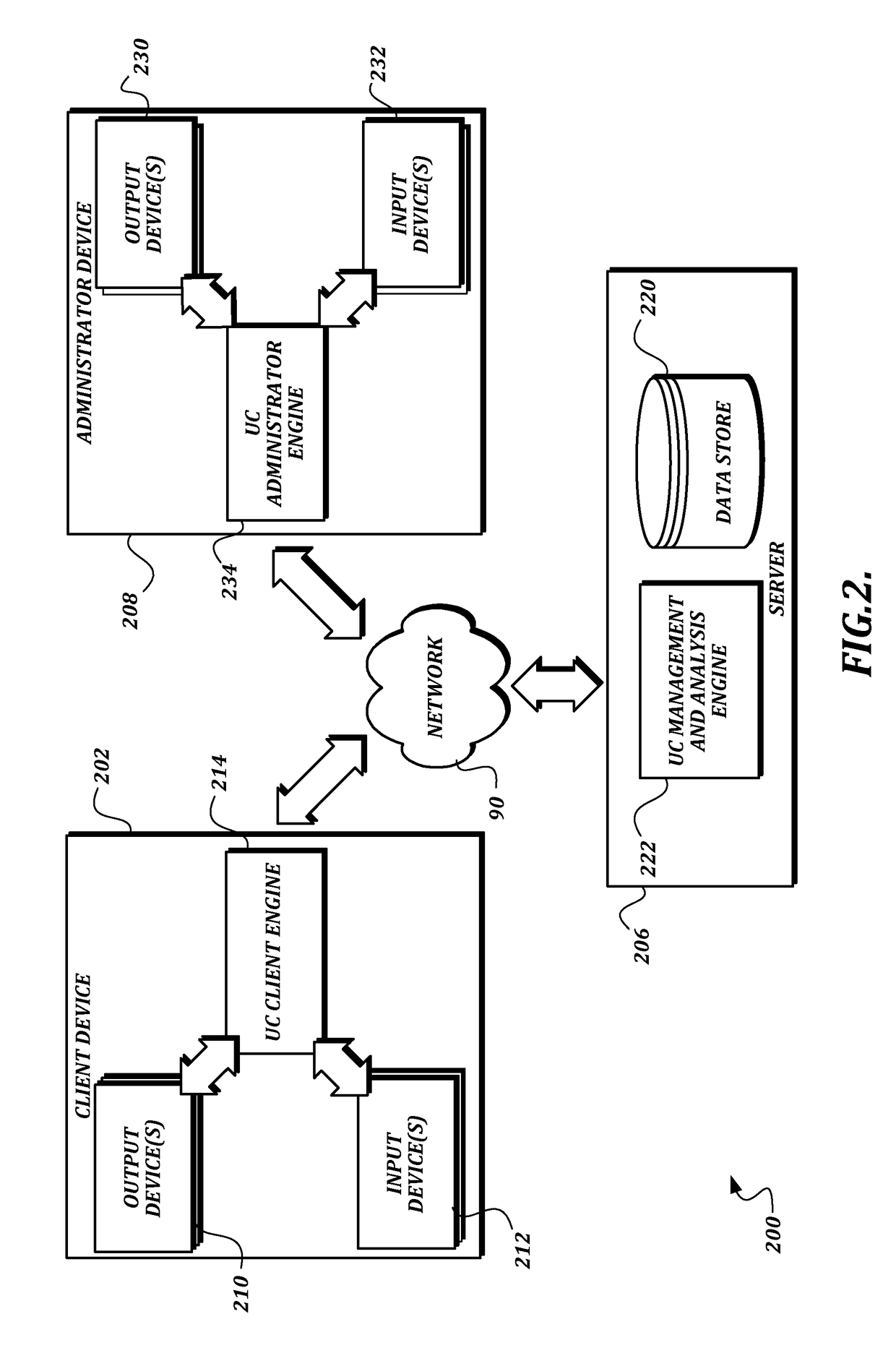Advanced tools for unified communication data management and analysis
a technology of unified communication and data management, applied in the field of advanced tools for unified communication data management and analysis, can solve the problems of increasing overall costs, inefficient use of functionality, and affecting the quality of communications in such platforms
- Summary
- Abstract
- Description
- Claims
- Application Information
AI Technical Summary
Benefits of technology
Problems solved by technology
Method used
Image
Examples
example 1
house for Analyzing Global Communications Activity
[0069]An enterprise-wide data warehouse is described that consolidates communications activity in an enterprise into a single data store that provides insights into an enterprise's communication patterns.
[0070]In this example, the data warehouse includes the following features:[0071]ability to store multiple sets of CDR / QoE data from different databases by keeping track of which database server instance the data is imported from;[0072]removing duplicates (“de-duping”) of call records based on the session initiation protocol (SIP) dialog ID (in the event that the same calls are logged to different databases);[0073]ability to control data import size to minimize load on the source databases and the UC data management system;[0074]configurable scheduling of data import processes;[0075]data cleansing (e.g., when analyzing conference participants, distinguishing true user participants from services); and[0076]calculated charges on person-...
example 2
rics, and Financial Reporting Based on Communications Activity
[0084]Reporting on various business outcomes based on enterprise user communications activity is described. Reports are built on business models and algorithms that map user communication activity and other inputs (location, media) to financial metrics (cost, savings, etc.).
[0085]In this example, features relating to instant and real-time updates (e.g., via mobile device applications) to enterprise communications KPIs (e.g., a selection of three or some other number of important KPIs) are described. For example, a set of reference base KPIs can be used to measure success of a UC platform. KPIs can indicate overall effectiveness and efficiency of a UC platform deployment, and trends that inform the projected effectiveness and efficiency of the deployment. KPIs can be used to identify “problem spots” in the deployment, track user adoption (which affects cost savings as well as user productivity), and identify opportunities ...
example 3
Service Level Objectives for Call Quality
[0087]In this example, a technique is described for classification of calls using location / subnet information, call metrics and algorithms for determining SLA intervals, and time slices based on configurable thresholds. The example technique may include following processing steps:[0088]the UC data management system rates audio call quality by evaluating quality metrics against a defined set of acceptable threshold values (e.g., the quality metrics of each call of a set of many calls is evaluated against the acceptable threshold values);[0089]the UC data management system discretizes calls into time intervals (e.g., by hour) and aggregates this data by site (e.g., grouping based on call endpoint subnet);[0090]an SLA compliance algorithm evaluates the number of calls rated as “poor” within each site / time interval combination against SLA compliance requirements; and[0091]SLA compliance is reported by the site and rolled up by time intervals. For...
PUM
 Login to View More
Login to View More Abstract
Description
Claims
Application Information
 Login to View More
Login to View More - R&D
- Intellectual Property
- Life Sciences
- Materials
- Tech Scout
- Unparalleled Data Quality
- Higher Quality Content
- 60% Fewer Hallucinations
Browse by: Latest US Patents, China's latest patents, Technical Efficacy Thesaurus, Application Domain, Technology Topic, Popular Technical Reports.
© 2025 PatSnap. All rights reserved.Legal|Privacy policy|Modern Slavery Act Transparency Statement|Sitemap|About US| Contact US: help@patsnap.com



